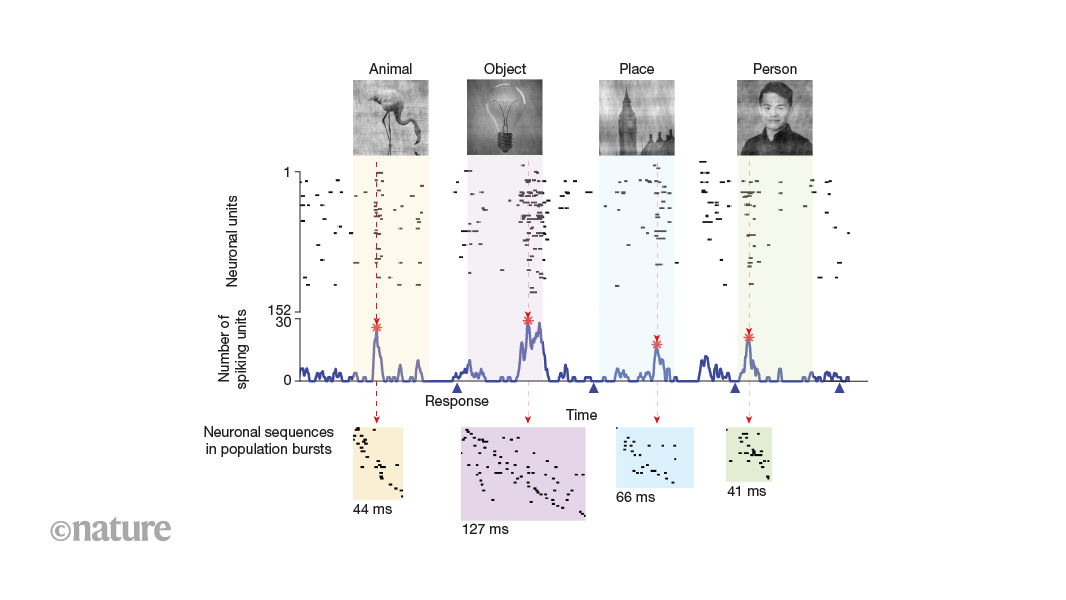
WWW.INFORMATIONWEEK.COM
How to Create an Accurate IT Project Timeline
John Edwards, Technology Journalist & AuthorNovember 27, 20245 Min ReadOleCNX via Alamy Stock PhotoAn IT project timeline that's overly optimistic can lead to delays, cost overruns, missed opportunities and, in extreme instances, complete project failure. It can also make the project leader look weak or incompetent.While there are multiple ways to build a project timeline, keeping it simple by starting with the overarching scope and then breaking it down into individual smaller components is key, says Sathya Chandrasekar, a managing director with Deloitte Consulting, in an online interview.Sharif Naqib, senior director of project management and resourcing at IT consulting firm SADA, says the project sponsor must clearly understand the venture's value as well as key constraints, including timelines, scope, and budget. In an email interview, he advises project leaders to research ways to embrace enterprise and industry best practices and then build a draft timeline leveraging input from the team's subject matter experts.A quality project timeline will have deliverables and milestones with strict deadlines tied to them, says Mary Rivard, a partner with technology research and advisory firm ISG. "Milestones are critical, because they provide specific points within the project to measure progress and keep the team on track," she notes via email.Related:When planning, be sure to include time for business readiness, employee feedback, and training, Naqib advises. "Many project leaders leave time for quality assurance and solution testing but tend to underestimate the time it takes to prepare employees to work with and adjust to the new solution." Lacking this critical organizational change management component, the timeline may be thwarted by staff resistance and a lack of understanding, he warns.Ensuring AccuracyBuilding resilient project plans that can handle unforeseen, yet often inevitable changes, is key to ensuring timeline accuracy. "Understanding dependencies, identifying bottlenecks, and planning delivery around these constraints have shown to be important for timeline accuracy," Chandrasekar says.Project accuracy also depends on clear communication and tracking. "It's critical to consistently review timelines with your project team and stakeholders, making updates as new information is discovered," Naqib says. He adds that project timelines should be tracked with the support of a work management tool, such as SmartSheet or Jira, in order to measure progress and identify gaps.Yet even with perfect planning, unanticipated delays or changes may occur. Proper planning and communication are key to assuring timeline accuracy, says Anne Gee, director of delivery excellence for IT managed services at data and technology consulting firm Resultant. "During the planning phase, include buffer time, identify potential risks, and develop mitigation plans to handle delays proactively and stay on track," she advises via email.Related:Getting Up to SpeedLeaders often underestimate how long a task will take. "We think we can get something done fast and easily when the reality is that the solution is more complex," Gee observes. "Due to this mistaken thinking, project leaders often have overly optimistic timelines that don't account for resource constraints, potential delays, or unexpected challenges."Rivard believes that the biggest timeline mistakes include neglecting to clearly identify the project's scope and deliverables, not identifying and accounting for project dependencies, and failing to ensure that the necessary resources, with teams possessing the right skillsets, are available to work on the project.Getting Back on ScheduleProject delays are common and must be immediately addressed. The first step is to identify the cause of the delay so it can be effectively resolved, Gee says. The project leader will then need to determine whether additional resources are needed, or if resources must be reallocated to get the project back on schedule. "At the end of the day, extending the deadline may be necessary," she acknowledges.Related:To get a stalled project back on track, determine if the project scope can be revised or reduced, Rivard says. "Regardless of whether you're working toward [meeting] the original project scope or a reduced scope, you'll need to divide the remaining work into smaller tranches of prioritized tasks." She suggests assigning responsibility for the remaining tasks while reaffirming that the project has the appropriate skillsets available to accomplish its goals within the specified timeframe.The best way to get a lagging timeline back on schedule is to work with your project team to identify the root cause, Naqib advises. "Then, you can work with your team and your greater organization to explore possible resolution accelerators that will keep your timeline on track." He adds that resolution plans might include resequencing work, adding or subtracting the project's scope, adding or changing team members, or leveraging automation or existing code libraries to accelerate delivery.Parting ThoughtsStakeholder involvement should be encouraged throughout the project to ensure that their expectations align with the project timeline, Gee says. She also recommends documenting all decisions to prevent future confusion and errors. "Finally, don't forget to conduct a post-mortem after project completion to document any lessons learned -- especially as they relate to the timeline -- and store it where others can access it."About the AuthorJohn EdwardsTechnology Journalist & AuthorJohn Edwards is a veteran business technology journalist. His work has appeared in The New York Times, The Washington Post, and numerous business and technology publications, including Computerworld, CFO Magazine, IBM Data Management Magazine, RFID Journal, and Electronic Design. He has also written columns for The Economist's Business Intelligence Unit and PricewaterhouseCoopers' Communications Direct. John has authored several books on business technology topics. His work began appearing online as early as 1983. Throughout the 1980s and 90s, he wrote daily news and feature articles for both the CompuServe and Prodigy online services. His "Behind the Screens" commentaries made him the world's first known professional blogger.See more from John EdwardsNever Miss a Beat: Get a snapshot of the issues affecting the IT industry straight to your inbox.SIGN-UPYou May Also LikeReportsMore Reports
0 Commentaires
0 Parts
10 Vue










